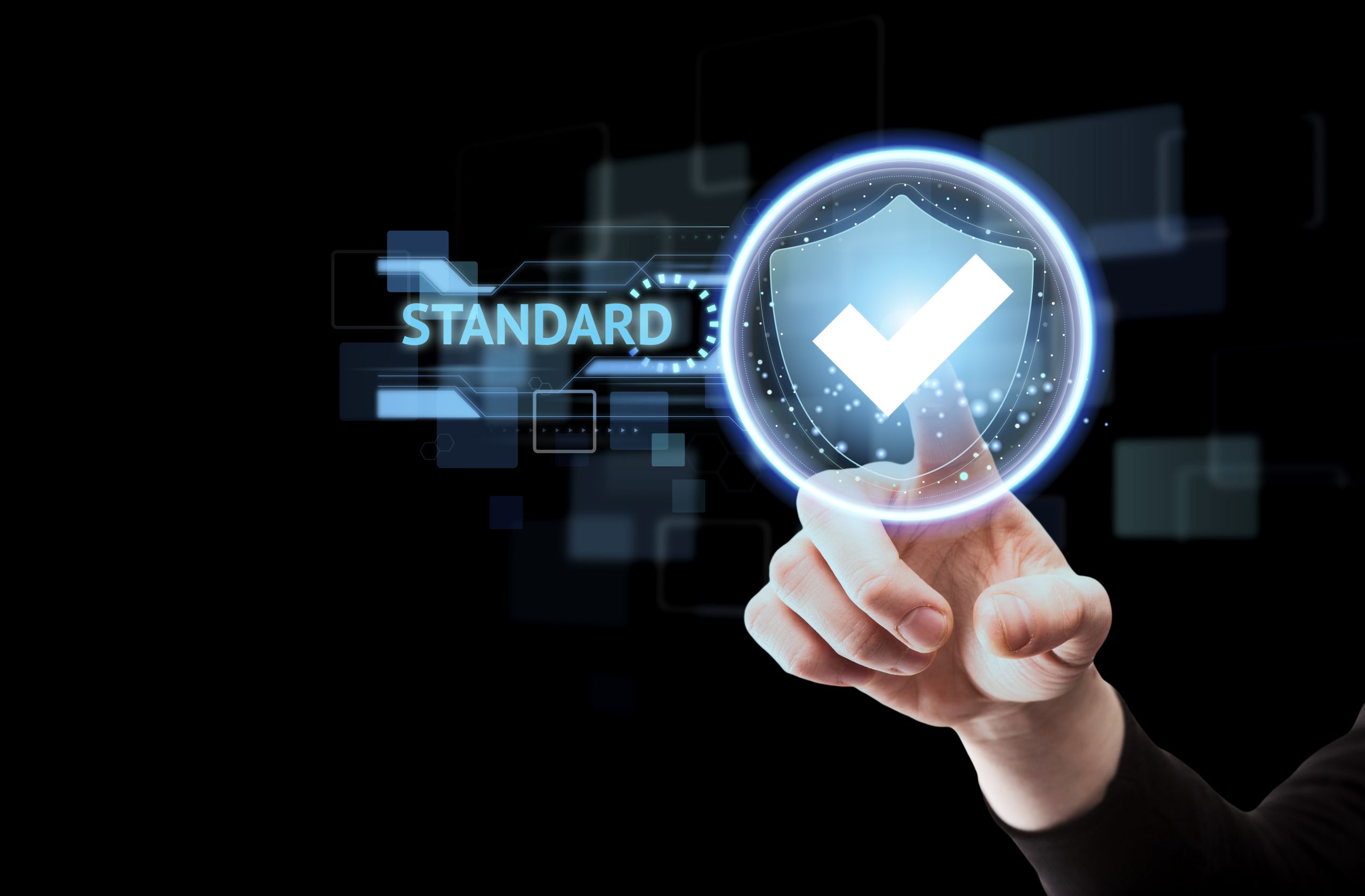Accrediting AI: Defining Trust and Governance in Algorithmic Decision-Making
GCAF Press
June 25, 2025

How global frameworks are shaping the ethical, transparent, and safe deployment of AI systems in public and critical sectors.
Artificial Intelligence (AI) has swiftly become a foundational layer of digital transformation across sectors — from healthcare diagnostics to smart infrastructure, finance, national defense, and citizen services. Yet, as algorithmic systems gain power, questions of trust, accountability, and regulatory assurance are becoming central. This article explores how accreditation bodies, technical standard-setters, and governance institutions are beginning to converge on a new frontier: the accreditation of AI systems.
As governments and enterprises increasingly deploy AI in high-stakes domains, the need for structured frameworks that ensure ethical use, model transparency, risk mitigation, and human oversight has moved from academic discourse into policy and enforcement. Accreditation is emerging not only as a tool for verification—but as an instrument of public trust.
Introduction: AI’s Double-Edged Disruption
AI systems offer unprecedented capability to optimize, predict, and act at scale—but they also present opaque decision processes, unintended bias, data leakage risks, and accountability gaps. The impact is most acute in:
Law enforcement & facial recognition
Healthcare triage & diagnostics
Financial credit scoring
Public benefits automation
Autonomous infrastructure & defense
These are areas where human dignity, privacy, and equality before the law are potentially affected by the invisible logic of machines.
The stakes are clear: Accrediting AI is no longer optional. It is imperative.
Section 1: The Case for Accrediting AI Systems
1.1 Traditional Standards Fall Short
While many ISO/NIST standards govern data security, software quality, and information management, they do not fully address:
Algorithmic explainability
Model retraining governance
Data provenance
Bias quantification
Human-in-the-loop assurances
1.2 Accreditation as a New Governance Layer
Unlike static regulation, accreditation provides:
Third-party assurance
Domain-specific flexibility
Continuous auditability
Global recognition via trust networks (e.g., IAF/ILAC MRAs)
Accreditation bridges technical implementation with ethical oversight, making it ideal for AI governance.
Section 2: International Movements Toward AI Assurance
2.1 NIST AI Risk Management Framework (RMF)
Published in 2023, NIST’s AI RMF introduces structured guidance on:
Governance functions
Risk identification
Harm mitigation
Transparency and documentation
Its modular format allows for sector-specific tailoring, and it is being used as a de facto reference by U.S. government agencies, global corporations, and foreign regulators.
2.2 ISO/IEC 42001: AI Management System Standard
Released in late 2023, ISO 42001 is the world’s first certifiable AI governance standard, focused on:
Organizational risk accountability
Lifecycle management of AI
Internal controls, roles, and documentation
It is compatible with ISO 27001 and ISO 9001, allowing existing QMS/ISMS-certified institutions to extend assurance frameworks into AI.
2.3 OECD and UNESCO Ethical AI Principles
Both organizations offer high-level normative frameworks—but lack enforcement. However, UNESCO’s 193-member ratified Recommendation on AI Ethics provides a global baseline that accreditation schemes are now translating into auditable indicators.
Section 3: What AI Accreditation Looks Like in Practice
Emerging accreditation models for AI focus on the following dimensions:
| Domain | Accreditation Indicator Examples |
|---|---|
| Ethics | Evidence of bias auditing, fairness testing, stakeholder inclusion |
| Transparency | Model documentation, explainability scores, logs of override decisions |
| Accountability | Designation of responsible officers, chain of responsibility |
| Security & Privacy | Data anonymization assurance, access control logs, ISO 27701 compatibility |
| Monitoring | Ongoing performance testing, feedback integration, retraining logs |
Insight: The challenge is not merely technical. Accreditation must assess both design and deployment context, including organizational readiness, user training, and cultural risk.
Section 4: Critical Sectors Requiring AI Accreditation
4.1 Public Sector & Smart Cities
AI deployment in traffic control, digital ID systems, citizen service bots, and surveillance infrastructure demands pre-deployment accreditation audits and post-deployment monitoring.
4.2 Healthcare AI
Clinical decision support tools, radiology AI, and hospital automation must undergo ethical clearance, dataset scrutiny, and clinical risk validation under accreditation frameworks.
4.3 Education & Credentialing
AI-based admissions scoring and plagiarism detection tools now affect academic outcomes and equity. Accreditation must ensure that systems align with educational fairness and privacy expectations.
4.4 Critical Infrastructure
AI models in energy grid prediction, autonomous mobility, and defense logistics require real-time validation hooks, fail-safe redundancies, and verified training datasets—all auditable under accreditation.
Section 5: Building Global Accreditation Infrastructure for AI
5.1 Role of GCAF
The Global Councils Accreditation Forum (GCAF) can play a unique role by:
Convening AI policy bodies (e.g., OECD AI Policy Observatory, ITU, GPAI)
Defining AI assurance indicators
Issuing meta-accreditation guidance to national accreditation bodies (NABs)
Endorsing trusted AI audit schemes
5.2 AI Auditor Competence Framework
New skillsets are required for AI auditors—beyond ISO QMS or cybersecurity. These include:
Data science literacy
Algorithm bias detection
Human-machine interface (HMI) knowledge
Risk engineering
Developing accredited training programs for AI auditors is a key next step.
5.3 Pilot Initiatives
GCAF-aligned nations should launch AI accreditation pilot projects in areas such as:
E-Government bots
AI-driven social welfare targeting
Predictive policing oversight
Results will help refine indicators, test governance thresholds, and build templates for global adoption.
Section 6: Accreditation vs. Regulation
While regulation sets legal boundaries, accreditation offers:
Trust-based compliance alternatives
Global interoperability
Sector-specific innovation channels
Together, they form a multi-layered AI governance ecosystem:
Legal Guardrails (AI Act, GDPR)
Ethical Codes (OECD, UNESCO)
Technical Standards (NIST, ISO)
Accredited Assurance Schemes (via ILAC/IAF/GCAF-aligned bodies)
Conclusion: Trustworthy AI Needs Trustworthy Accreditation
The 21st-century test for accreditation is here. AI, unlike past technologies, evolves in non-linear, contextual, and self-modifying ways. Traditional checklists cannot capture its impact. We need dynamic, evidence-based accreditation that:
Anticipates harm
Audits explainability
Balances innovation with human dignity
By establishing globally interoperable, ethically aligned, and technically robust accreditation schemes for AI, we can transition from AI risk panic to AI trust infrastructure.



